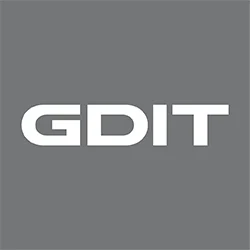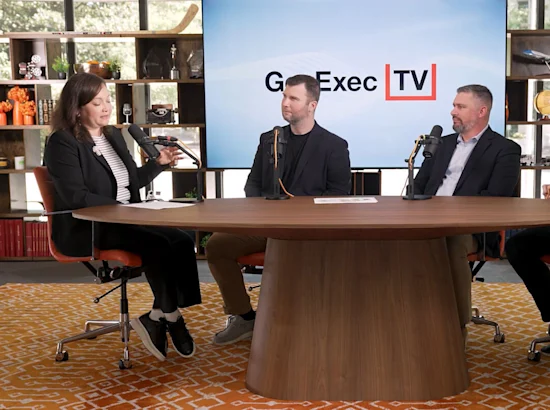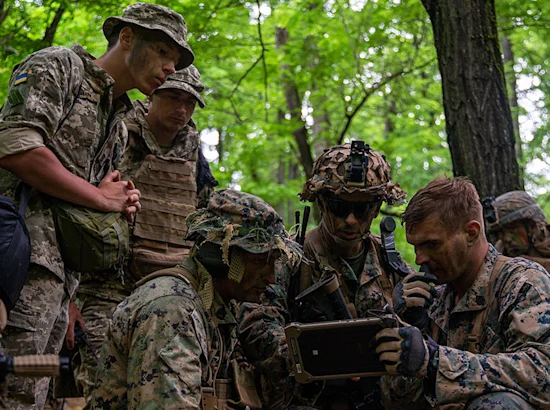Across the Department of War, teams are adapting to calls for the rapid adoption of modern digital engineering practices and requirements for digital engineering’s use across the life cycle of defense acquisition programs. But what is digital engineering? How can agencies begin to integrate it into their workflows? And what are the expected impacts to the mission?
GDIT’s Senior Director of Digital Engineering Mike Nash, Senior Program Director Travis Dawson, and Assisted Acquisition Center of Excellence Lead Theresa Urban recently sat down to discuss how digital engineering offers Federal, defense, civilian, and intelligence organizations enormous potential to transform mission delivery and outcomes.
“Digital engineering benefits the triad of program management: cost, scope and schedule,” Dawson observed. With it, teams have the ability to use authoritative data to build quality products, which is paramount to the success of an operation, he said.
Nash agreed, saying, “We recommend usage of digital engineering to our customers, not because we have to, but because it just makes sense to – because the savings are so great, the quality is so great, and the speed is so great that on these programs where we’re talking about millions of pieces of data…it’s necessary for us to do it.”
He continued to explain that GDIT’s use of standards-based modeling and open source solutions define what digital engineering is. That definition creates a digital thread, which shows the relationships between pieces of data that provide an answer to an engineering question. He continued to explain that digital threads, as part of a holistic digital engineering approach, enable agencies and organizations to avoid vendor lock and move with agility between different vendors and vendor solutions as their requirements change over time.
This wide-ranging and informative discussion also touched on security, simulations, and alignment with Zero Trust which are all top of mind for Defense organizations at the moment.




